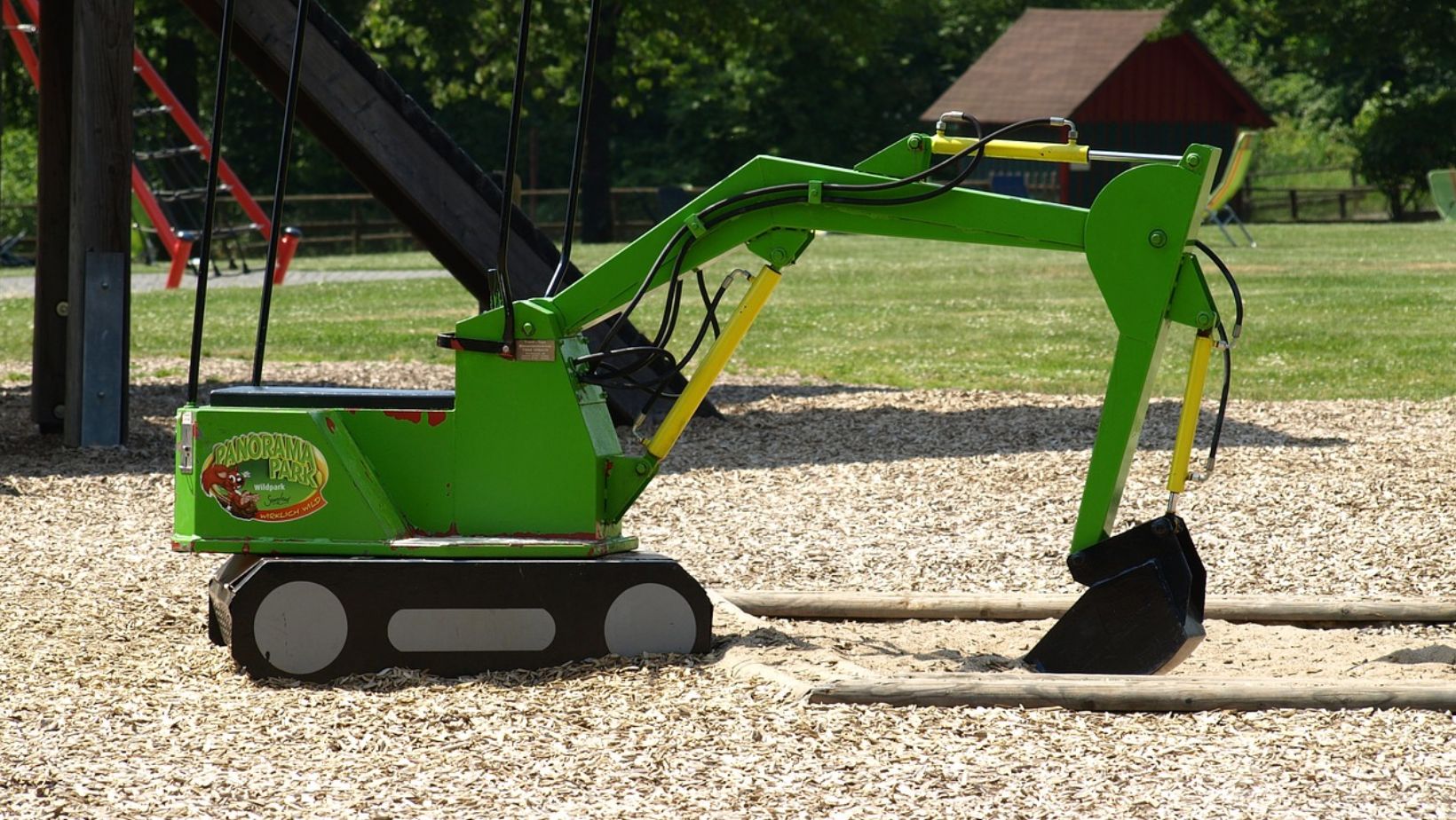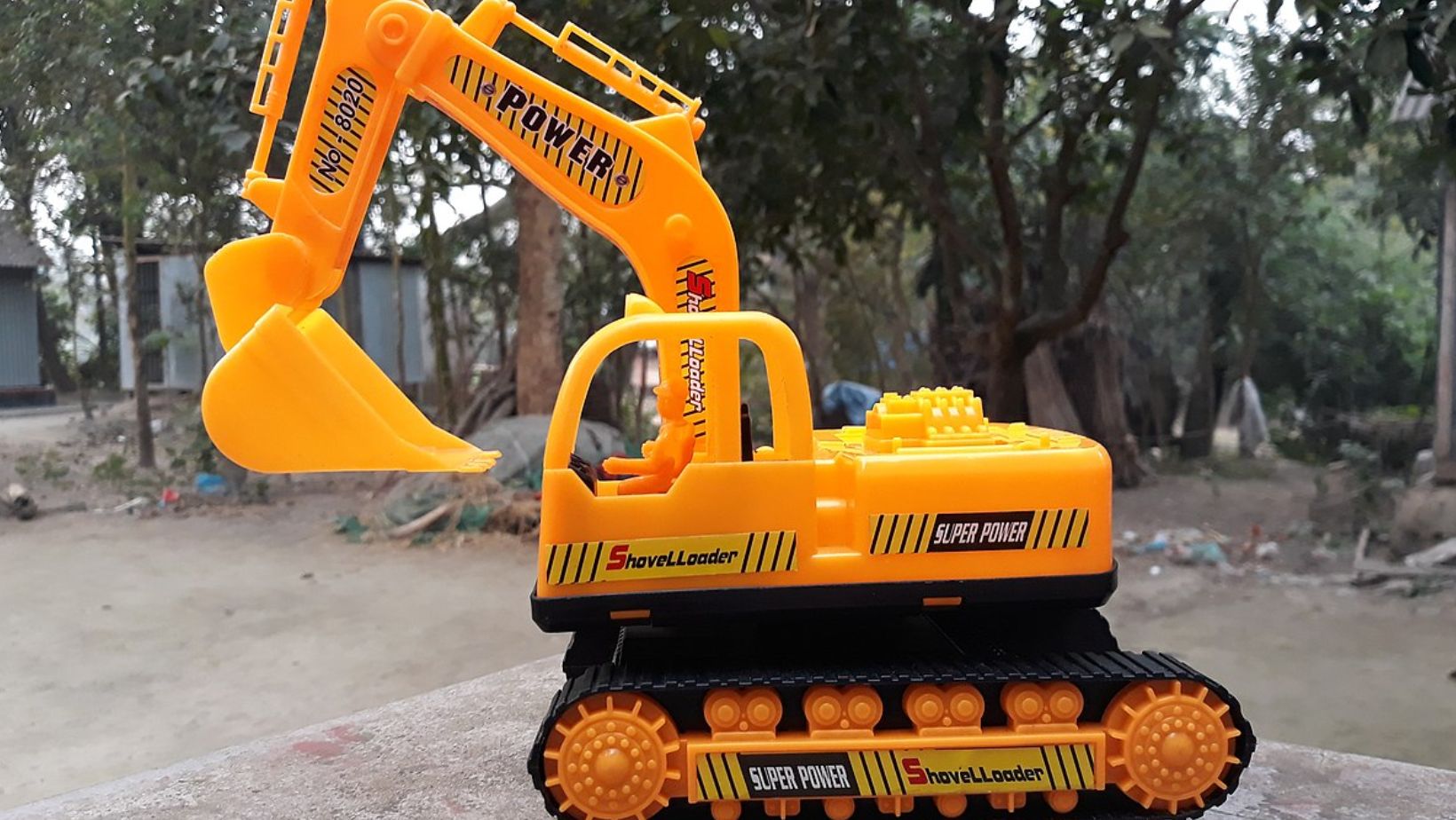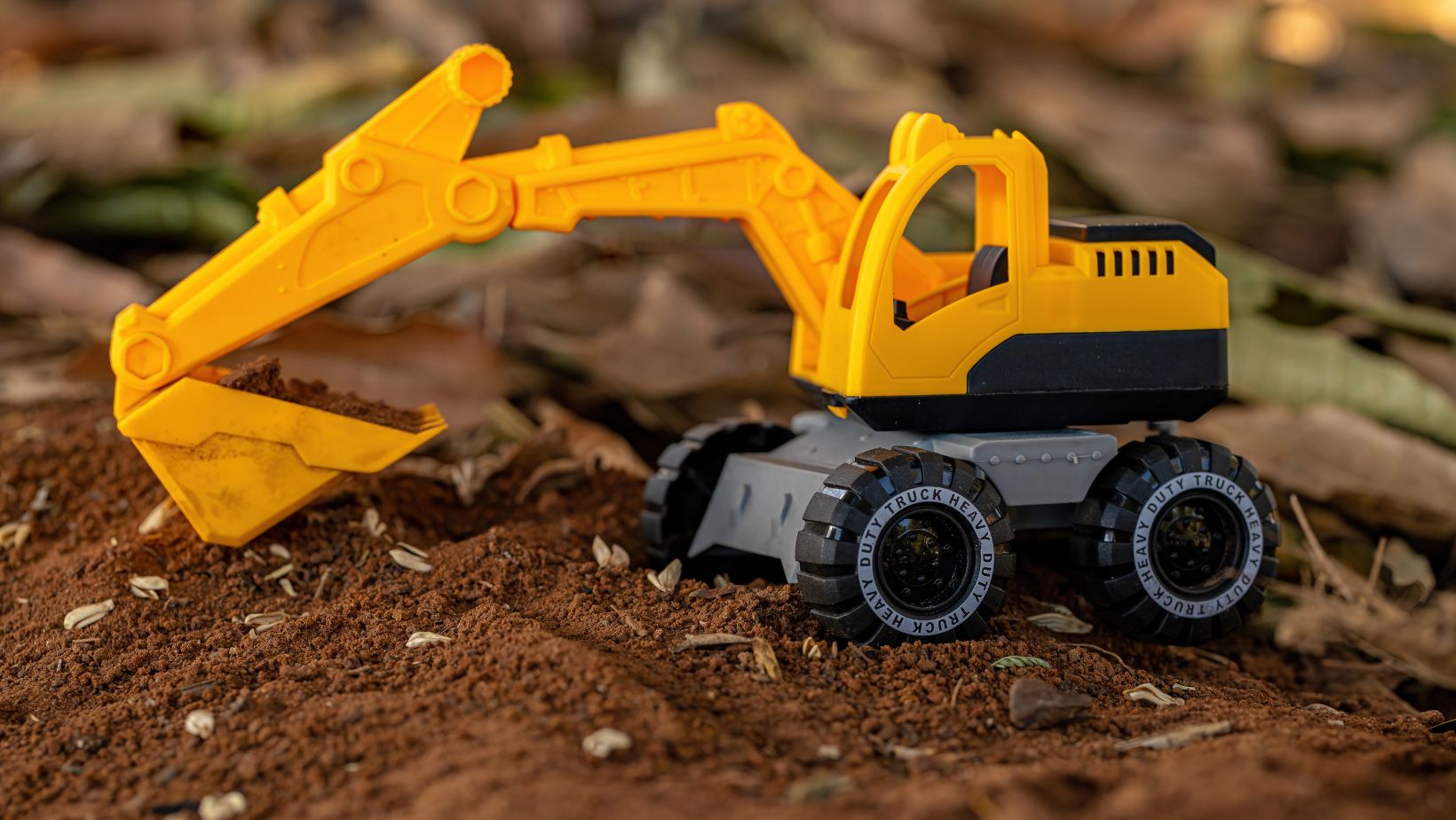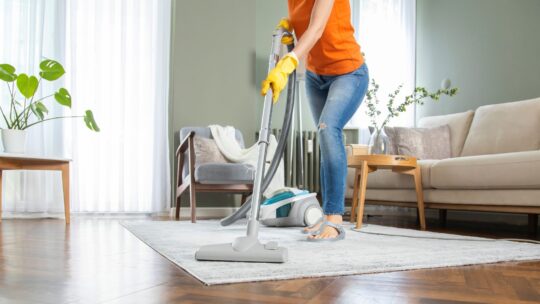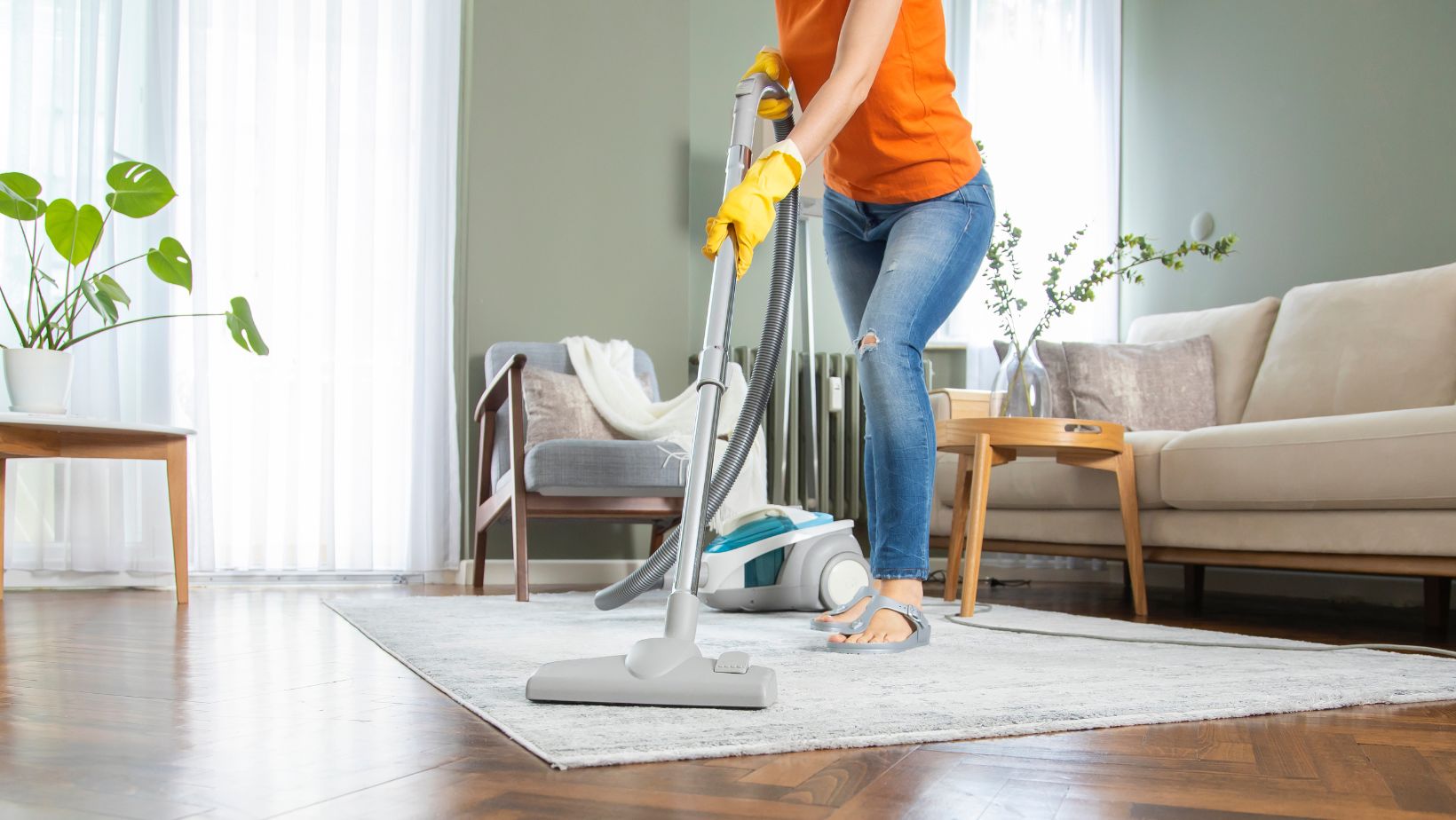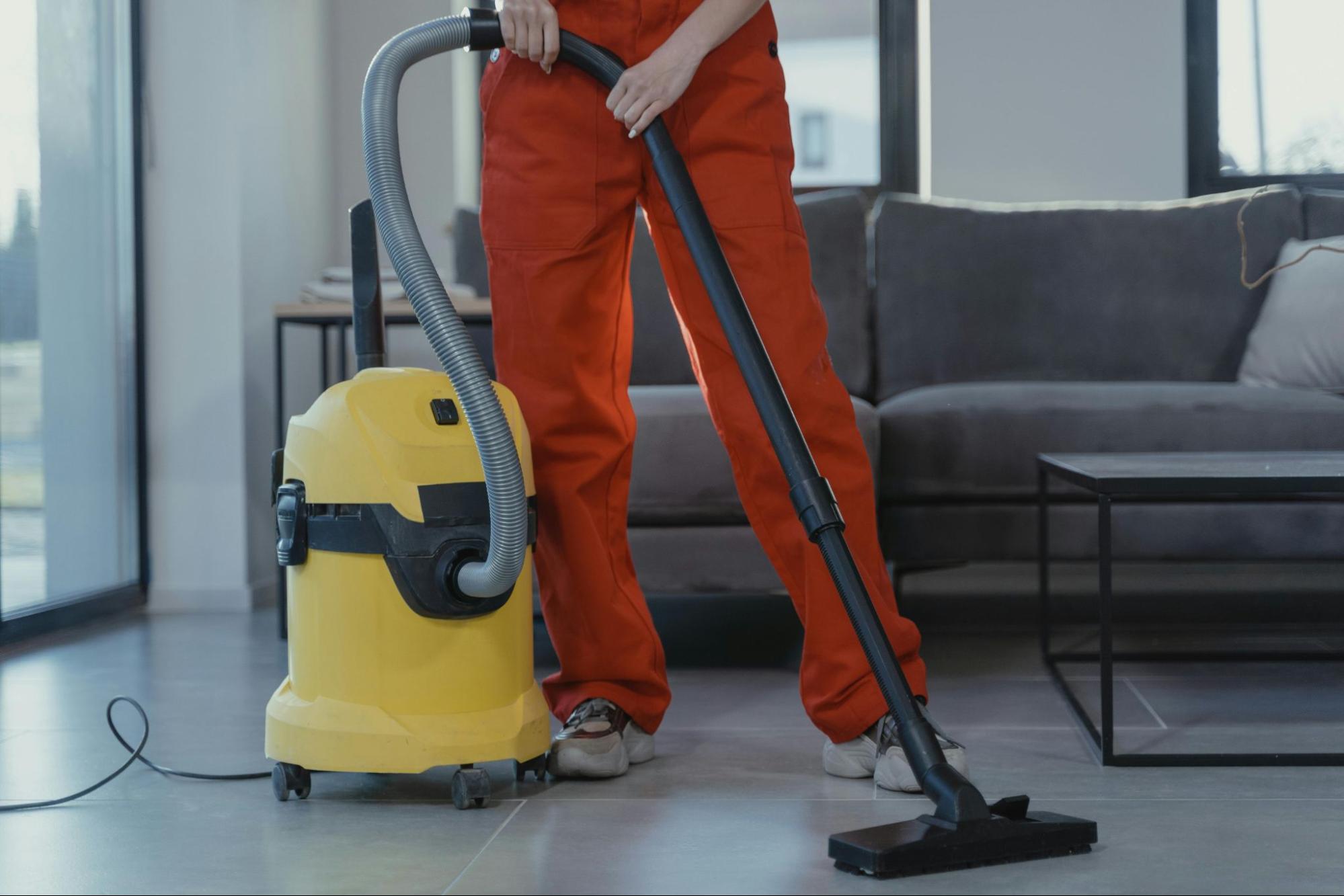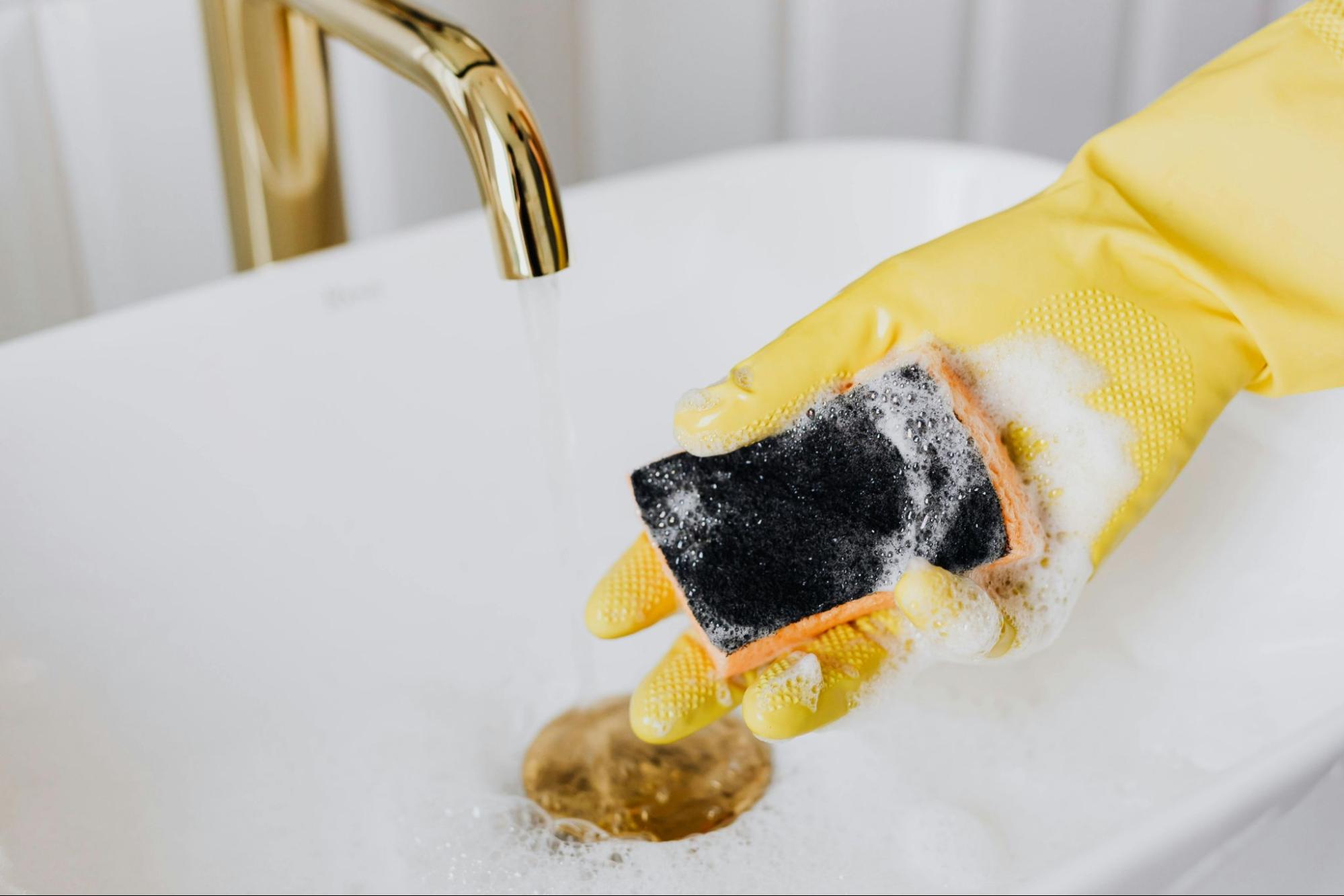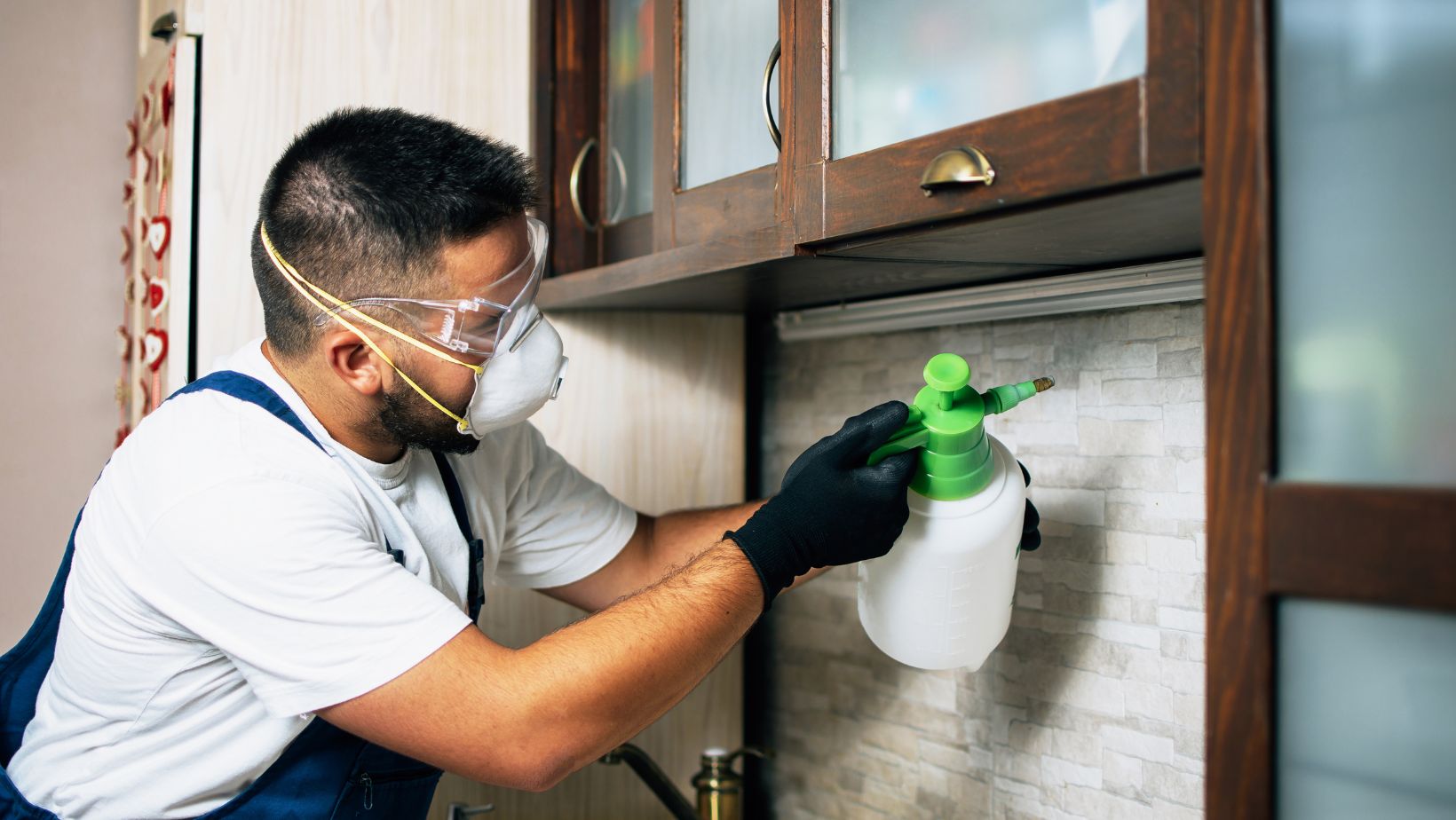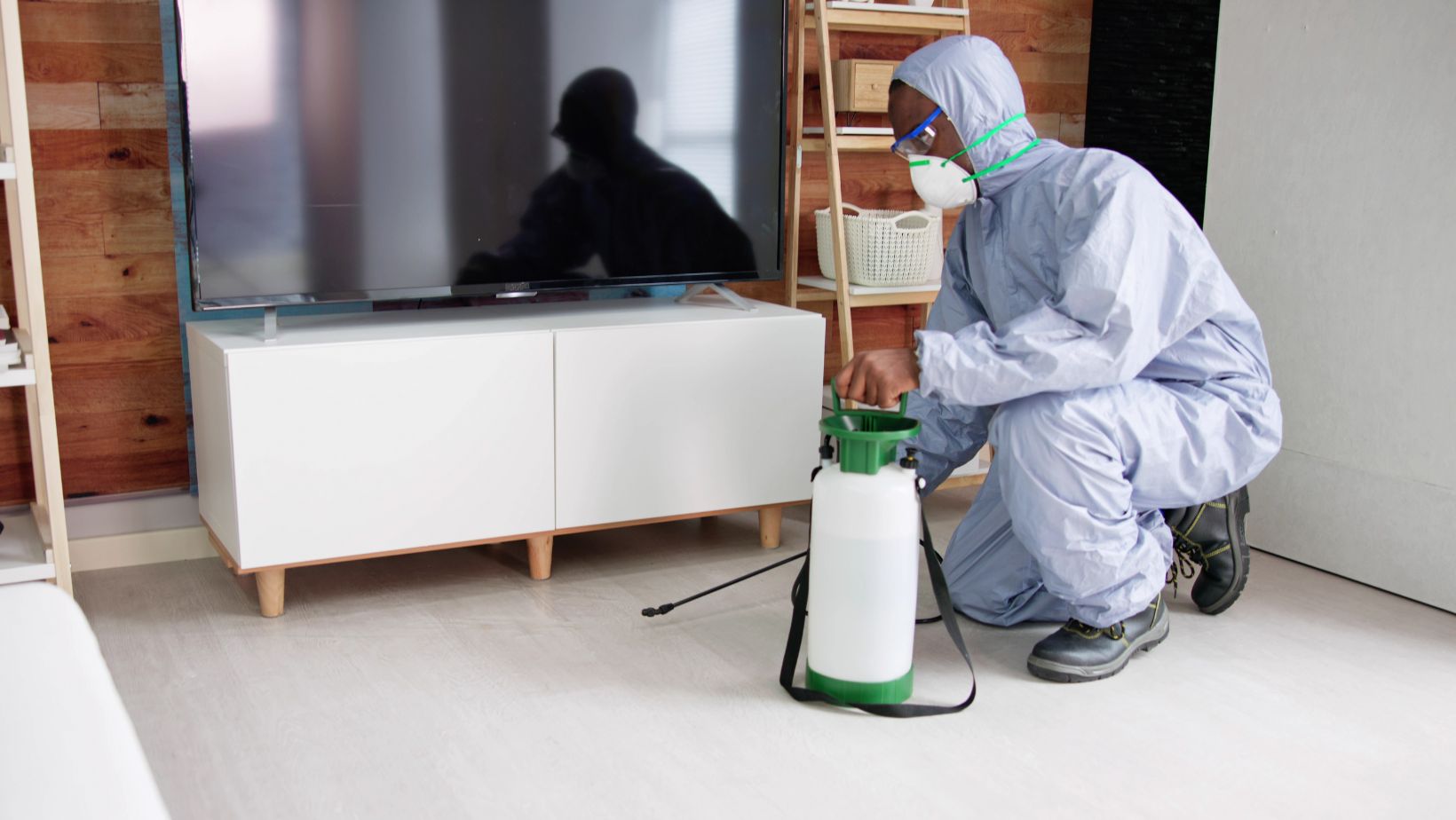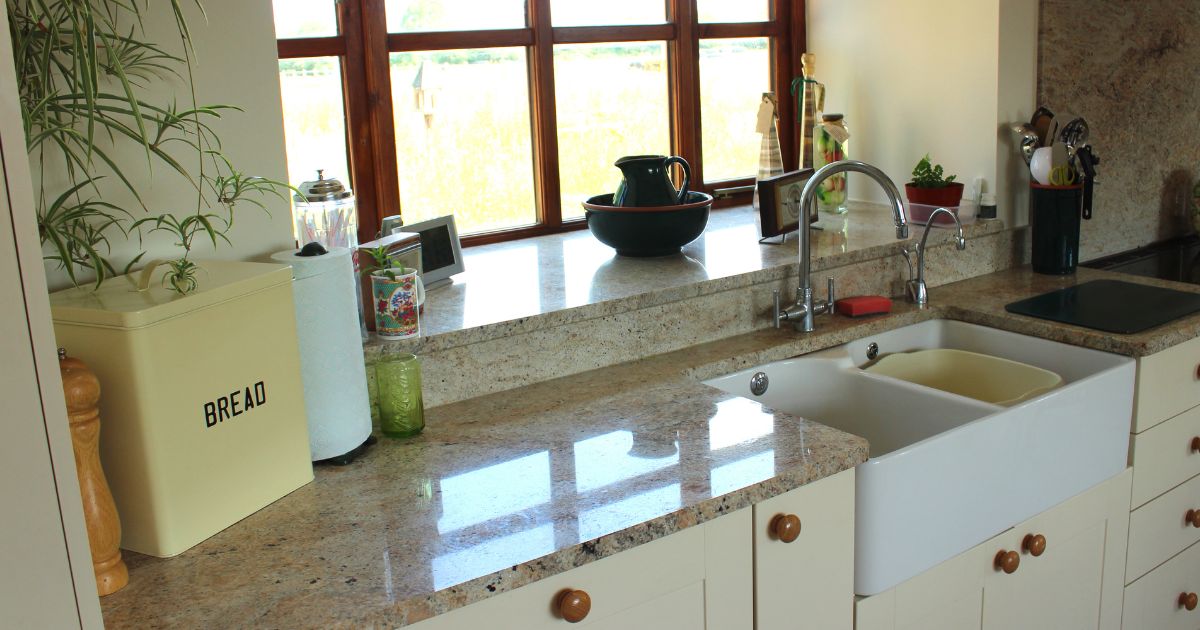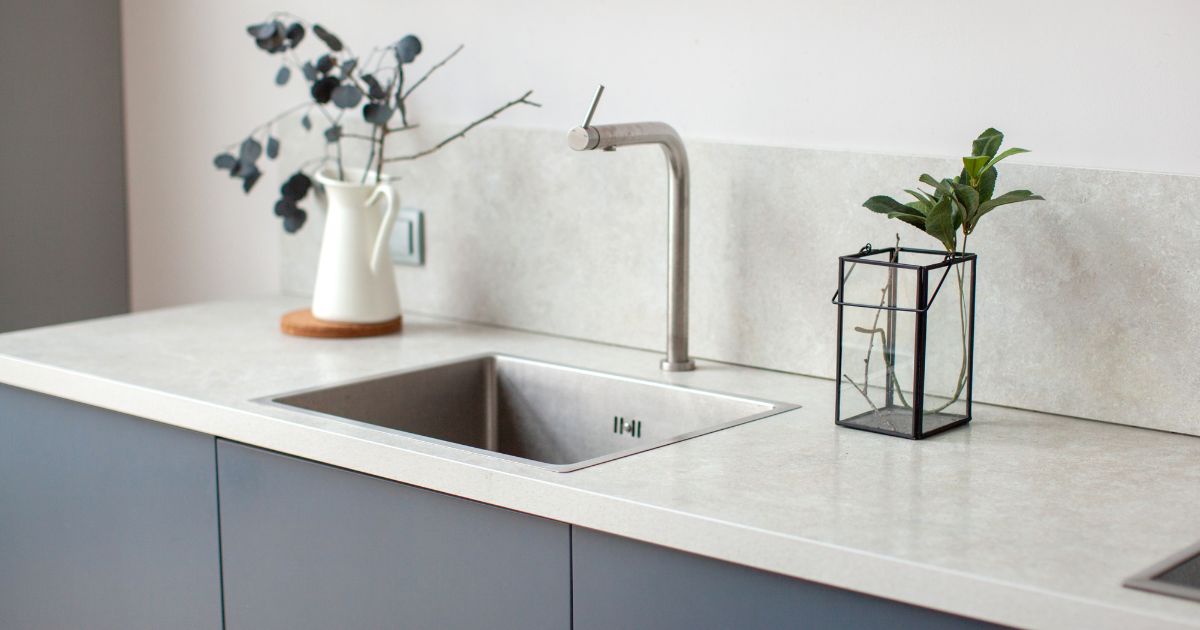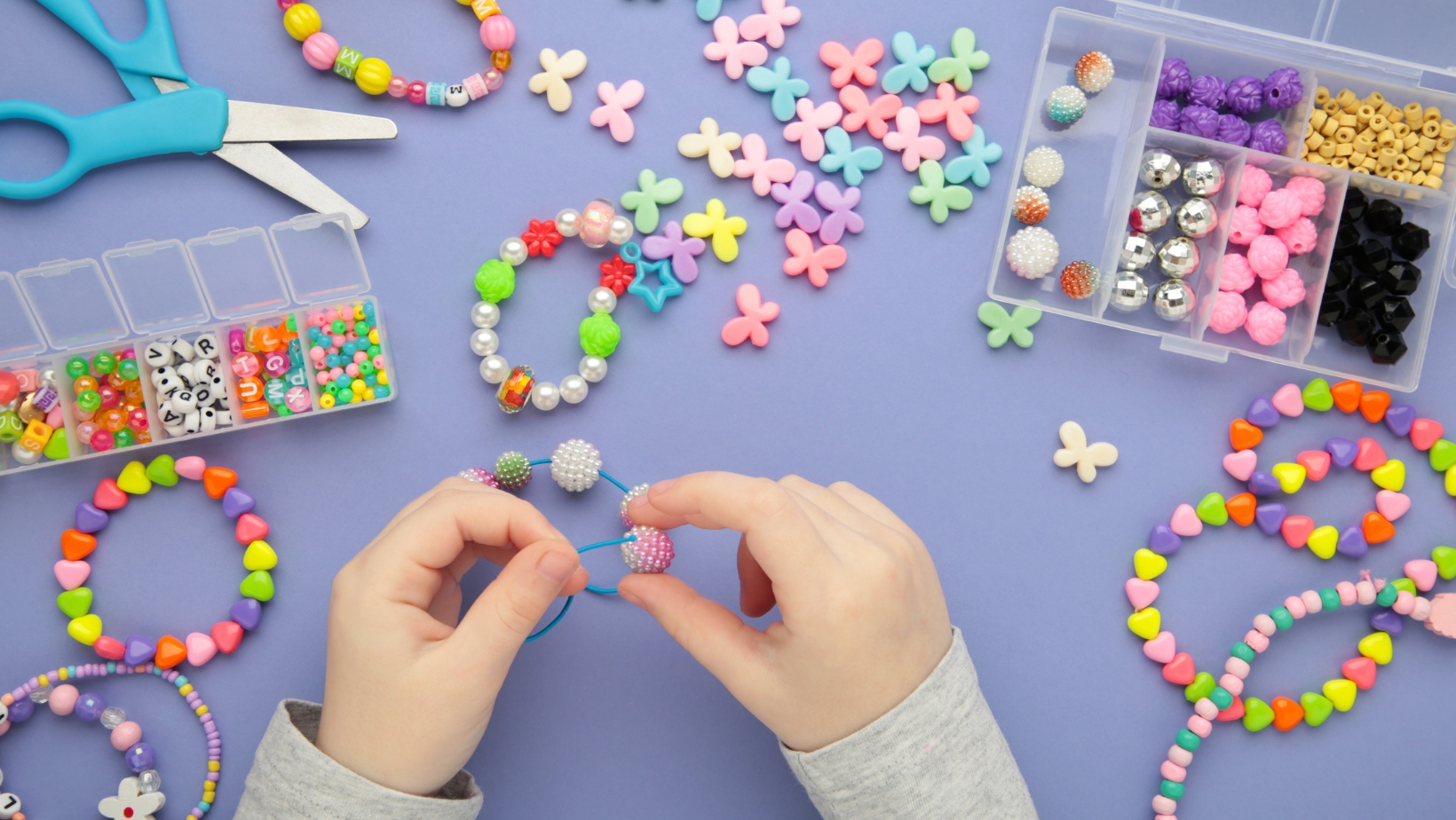 Beadwork on clothes, jewelry, and home decorations has been a typical sight for many years. In their early form, beads were mainly shell or stone material. People used them as amulets or decorative items. Many eras passed, but the love for beads has been constant among people, leading to their evolution. The wide variety will surprise you if you search for them online for your crafting business. The diverse collection can spoil you for choices. How do you handle this? Start with narrowing down the material. Glass, acrylic, clay, wood, and gemstone are there. However, the most versatile option is silicone.
Beadwork on clothes, jewelry, and home decorations has been a typical sight for many years. In their early form, beads were mainly shell or stone material. People used them as amulets or decorative items. Many eras passed, but the love for beads has been constant among people, leading to their evolution. The wide variety will surprise you if you search for them online for your crafting business. The diverse collection can spoil you for choices. How do you handle this? Start with narrowing down the material. Glass, acrylic, clay, wood, and gemstone are there. However, the most versatile option is silicone.
Silicone beads offer flexibility and ease of use, enabling you to try different projects hassle-free. You can also make your effort cost-effective by searching for silicone beads wholesale. These beads come in many shapes, each serving a specific purpose. Bulk buying is always a good idea if you know about the application. So, let’s explore them to make your choices.
Silicone Bead Shapes
The most classical shape is round, available in 12 and 15-mm sizes. You can use them to make teething necklaces, pacifier clips, adult jewelry, etc. You can also pick flat round silicone beads for keyrings or pacifier clips to create a statement design. A dedicated wholesale bead store also deals in hexagon beads.

They look gorgeous in their vibrant colors and style, so adding them to your inventory can be equally exciting.
Silicone Bead Style
Again, you get many options, from letters to solid colors. However, what can truly stand out is the glow-in-the-dark range. You can use them to create more innovative and practical products like flashlight holders. Any outdoor person who frequently goes camping can find the flashlight holder an attractive and helpful addition. Use the beads in different colors to make an interesting holder.
Even the shiny and colorful opal silicone beads can be considered. The pearly finish makes the beads reflect different shades when they move. You can notice their shade changing from green to violet to blue. Whether you plan to prepare holiday decorations or jewelry, adding beads with an opaque finish is fun. Make glossy necklaces, bracelets, or other chunky wearable items to witness the shimmery magic of this bead style. Do you worry about the cost? If you want to save money, opt for buying wholesale beads.

Shopping for beads for a crafting business requires understanding the precise requirements. After all, there is a cost to everything, even though you go for bulk buying. So, deciding what you want to make and why is better. You can use this fundamental understanding to select your bead material, shape, and size. At the same time, you will also know the types of tools the project will require to accomplish the crafting goal.
Nevertheless, beads should be bought only from a well-known online store. A place with positive reviews and ratings is trustworthy. If they specialize in diverse types of beads, it will be even better. It can become your one-stop destination for a diverse bead collection.




